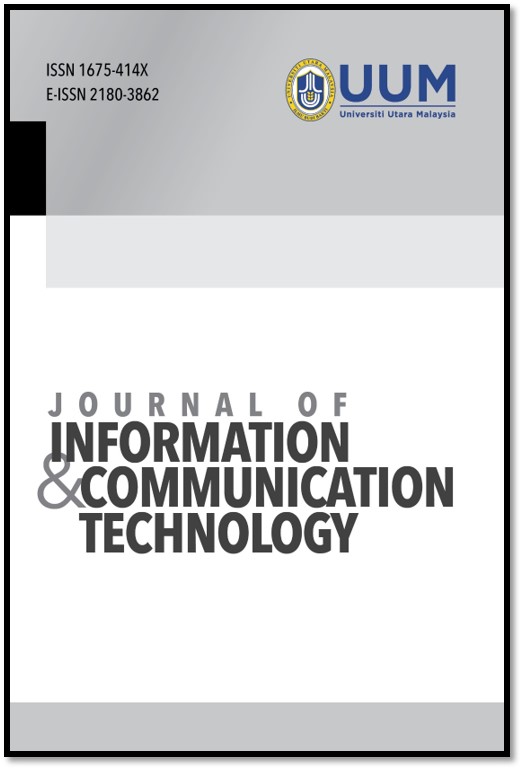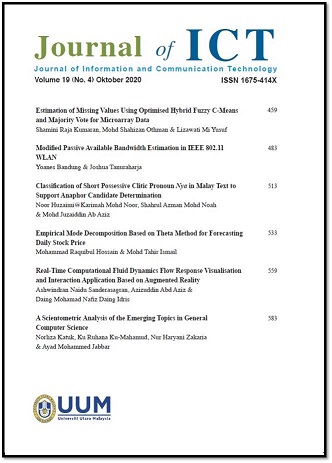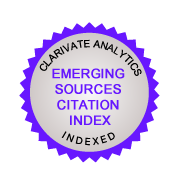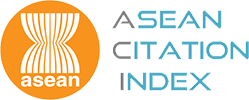DYSLEXIC CHILDREN’S READING APPLICATION: DESIGN FOR AFFECTION
Keywords:
Interaction design, automatic reading tutor, affective engineering, dyslexic childrenAbstract
This article presents an interaction design model which considers the affective dimension for a reading application for dyslexic children. The research on the design model for the reading tutor was motivated by the need to offer dyslexic children with an effective and fun learning process. It acknowledges the challenge in designing an acceptable interaction design (IxD) model considering the differences in reading style, preference, and habits of dyslexics. The model was developed based on existing theoretical models combined with the findings from observations and unstructured interviews conducted involving 28, 7 to 14 year old, dyslexic children. A goal-directed design is adopted as the methodology to design such a model. The model’s effectiveness and usefulness is now being tested in a special class for dyslexic children. It is hoped that the outcome could be used to further develop guidelines and standards in designing applications for users with specific impairments.
Additional Files
Published
23-04-2013
How to Cite
Husni, H., Jamaludin, Z., & Aziz, F. A. (2013). DYSLEXIC CHILDREN’S READING APPLICATION: DESIGN FOR AFFECTION. Journal of Information and Communication Technology, 12, 1–19. Retrieved from https://e-journal.uum.edu.my/index.php/jict/article/view/8134
Issue
Section
Articles

 2002 - 2020
2002 - 2020


























